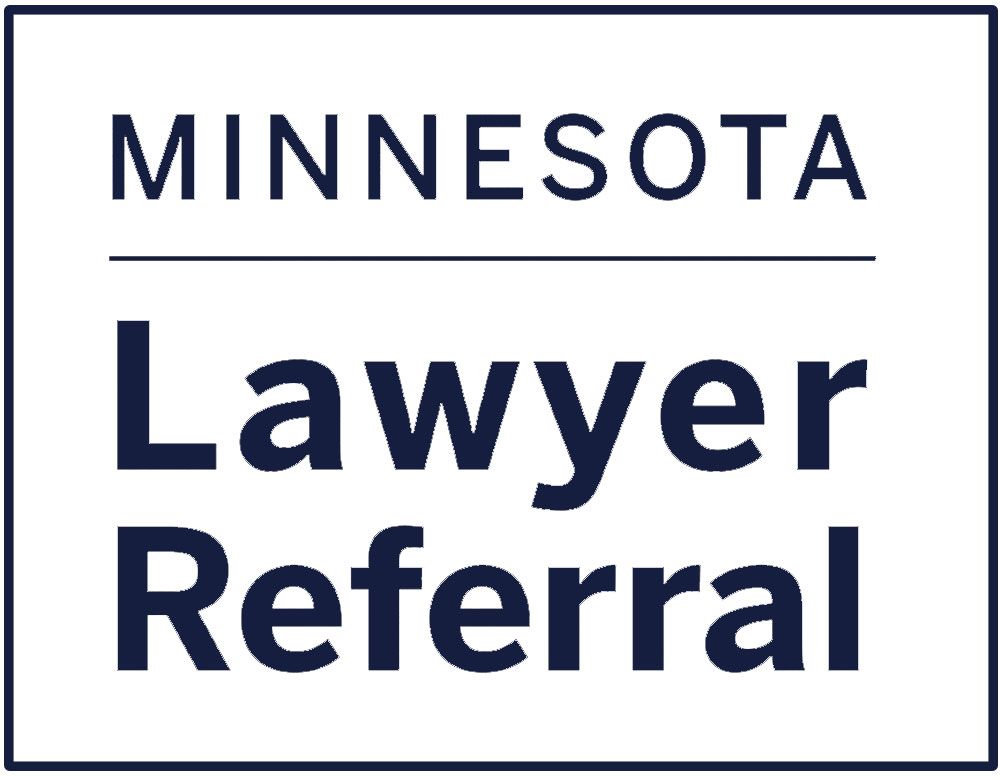In Minnesota, harassment refers to knowingly engaging in behavior that causes the person on the receiving end to feel frightened, threatened, oppressed, intimidated or persecuted.
Harassment can happen anywhere and manifest in different forms. It’s not uncommon for victims to suffer harassment at work, school, in their personal relationships or online. If you’ve become the victim of another person’s harassing behavior, know that there are several legal routes you can take to protect yourself from mental or physical abuse.
How to Recognize Harassment
Harassment can take on many different forms and isn’t always obvious to the victim. For instance, if a person grew up in an abusive household, they may have a difficult time identifying inappropriate behavior in future personal or professional relationships.
There are several types of harassing behavior, including:
- Domestic violence: Typically happens at home between spouses, family members or roommates. The abuse can be physical and/or emotional in nature.
- Workplace harassment : Refers to harassment occurring in the workplace, including sexual harassment, making threats and discriminating against someone based on their religion, sexual orientation, a disability, nationality or race.
- Sexual harassment: Can manifest as unwanted sexual advances, sending inappropriate messages, unwanted physical touching or exchanging sexual favors for something the victim needs or wants, such as a job promotion. Sexual harassment can occur anywhere. It’s also important to note both men and women can be victims of sexual harassment.
- Cyberbullying: Refers to stalking and terrorizing someone using email, text or social media.
- Elder abuse : Physical or mental abuse of the elderly. Elder abuse usually comes at the hands of nursing home caregivers or family members. Victims often have cognitive of physical limitations that make it difficult or impossible for them to seek assistance.
Harassment isn’t always clear-cut. For example, if a manager asks their employee to wear more appropriate clothing while at work, this may not necessarily be an act of harassment. Companies typically have strict dress codes their employees are obligated to follow.
However, if the same manager is commenting on how good someone looks in a particular outfit, causing feelings of discomfort and embarrassment, this could be considered harassment (especially if the behavior persists or escalates into messaging or unwanted touching).
What Can You Do If You’re Being Harassed?
It’s imperative that harassment victims stand up for themselves to put an end to the other person’s unwanted behavior.
While each harassment situation is unique, there are some universal measures you can and should take to protect yourself.
Tell The Person to Stop
Sometimes people are oblivious to the inappropriateness of the comments they make. If you’re feeling uncomfortable, speak up to let the person know you’re not comfortable with their comments or actions. Refrain from emotional name calling or putdowns and stick to facts instead. For instance, you can say, “I am not comfortable with the way you’re touching me. Please stop.”
File a Formal Complaint with Your Employer’s HR Department
If the harassment is happening at your workplace and persists despite you voicing your discomfort, you should contact your employer’s human resources department. Companies typically have anti-harassment policies and can take several actions to put an end of the harassment, including employment termination.
Stop Responding to Messages and Calls
Once you’ve expressed you do not wish to be contacted by the person, it’s important to maintain those boundaries. If they try to call or message you, refrain from answering. Acknowledging continued attempts at contact may send mixed messages and be misinterpreted.
Document All Acts of Harassment
Make sure to save each email, text or voice message you receive from the harasser. If the conversations take place in person, log them in a journal, including the date, time, place and content of the conversation.
Having concrete evidence of the harassment can be of tremendous help if you file a police report or are trying to obtain a restraining order.
File a Police Report
If the harassment is causing you to fear for your safety, it’s time to contact the authorities. When filing a police report, present all the evidence you’ve gathered and answer questions honestly and factually. Unless the harasser has broken into your property, the police cannot do much at this point. However, if the unwanted behavior continues, a police report can help you build a convincing case against your harasser.
Take Out a Restraining Order
If your harasser continues to stalk and contact you, you should protect yourself and your loved ones by getting a restraining order. Getting a restraining order can be a lengthy process. It requires you to fill out necessary paperwork, file it in court and have it served to the harasser. You’ll then have to attend a court hearing where a judge will decide whether to grant you a permanent restraining order. Individuals who are in immediate danger can request a temporary restraining order while they’re waiting for the court hearing.
If your harasser violates the restraining order, call the police to report the incident. Violating a restraining order may lead to criminal charges brought against the harasser.
Are You a Victim of Harassment? Get Legal Help from an Experienced Minneapolis–St. Paul Attorney
Filing charges against your harasser can be a scary and emotionally draining ordeal, but you don’t have to go through the process alone. Our Minnesota Lawyer Referral and Information Service referral counselors can help you find legal representation.
Call (612) 752-6699 to schedule your free legal consultation.
The post What Constitutes an Act of Harassment? first appeared on Minnesota Lawyer Referral and Information Service.




